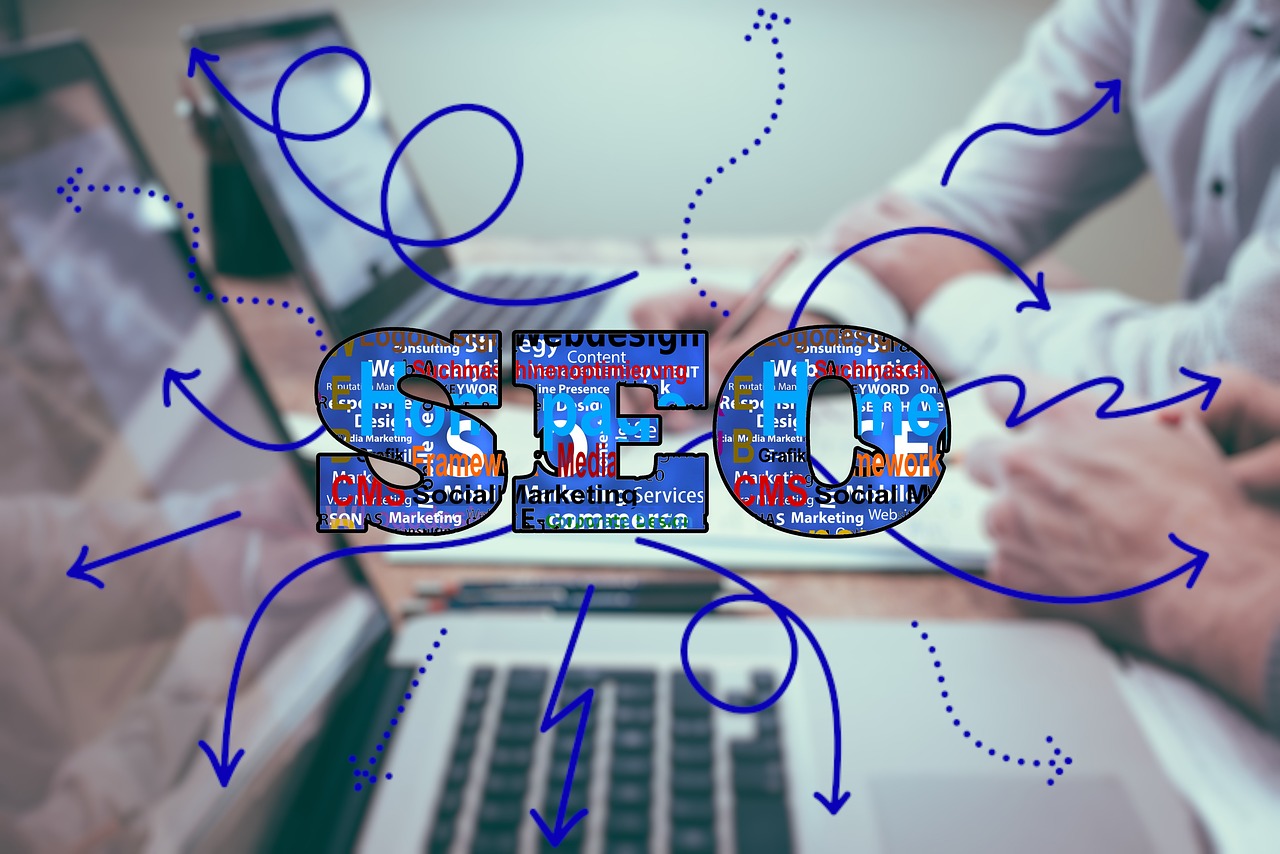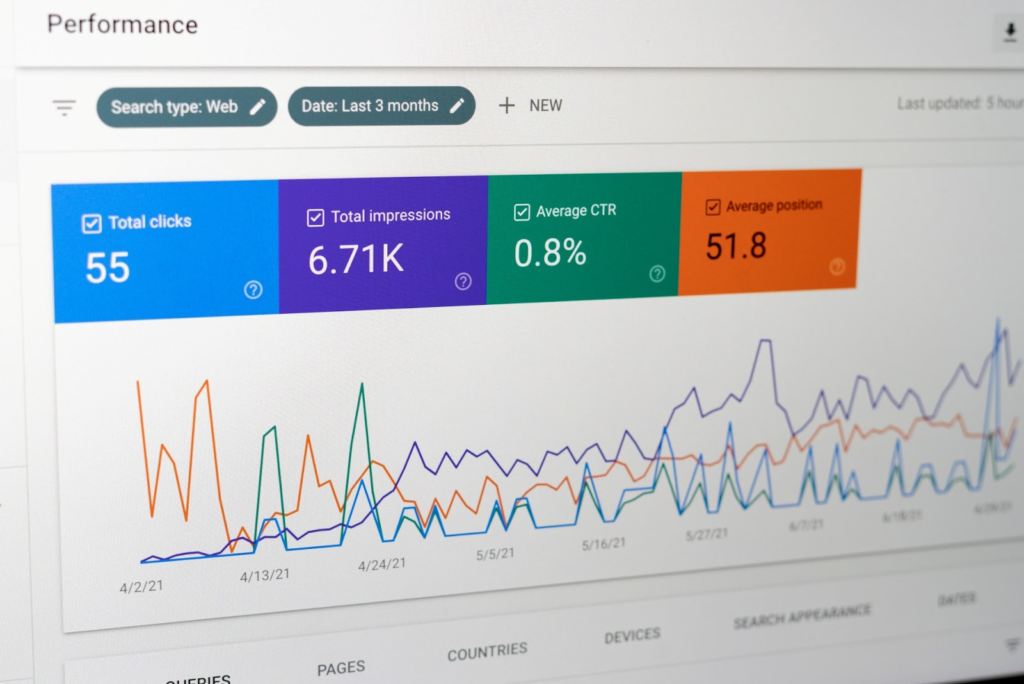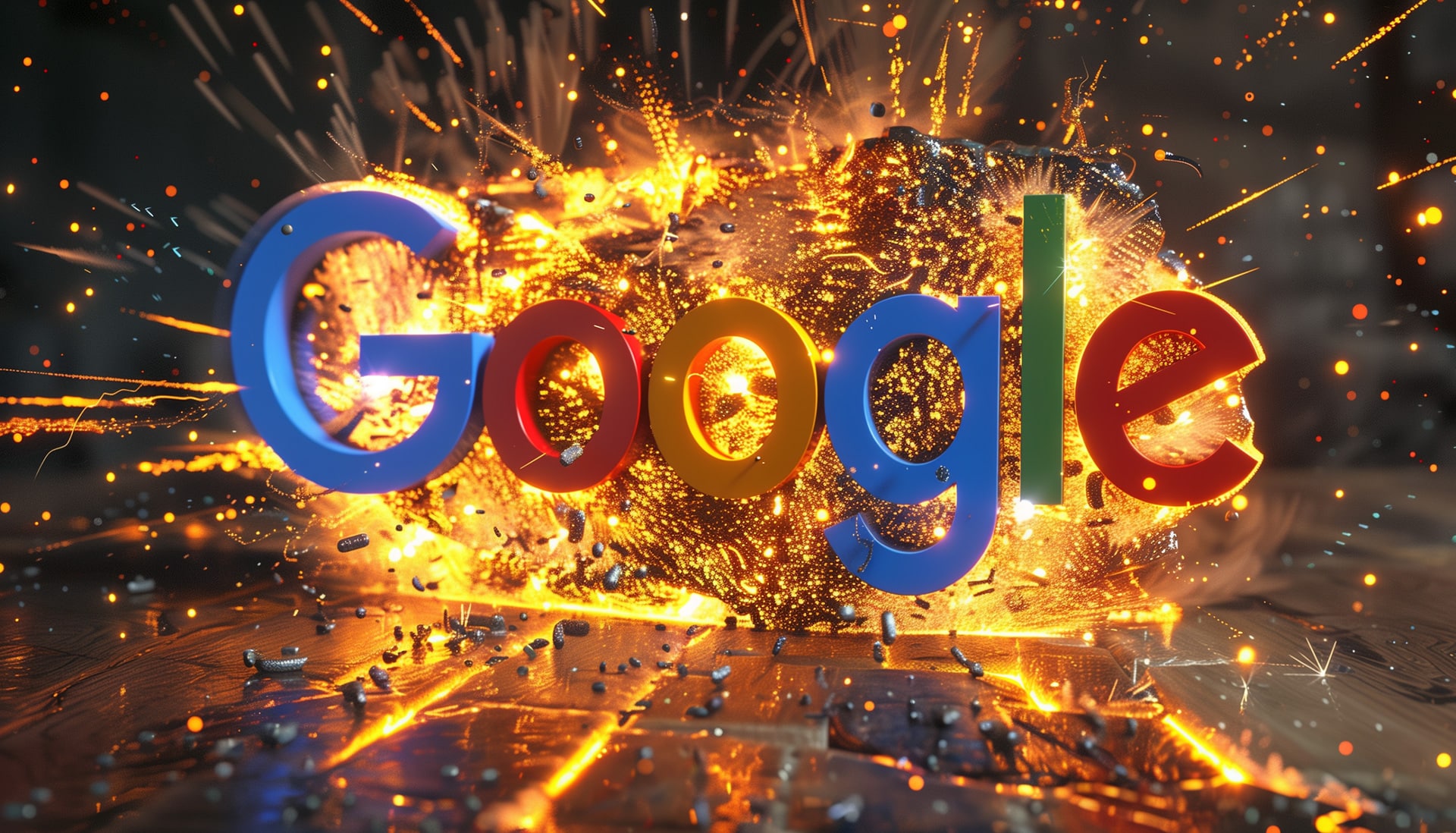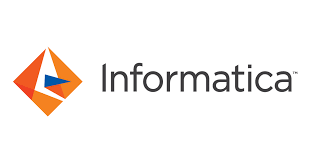
Images are never priority numero uno for most sites doing search engine optimization. But, image optimization should never be an afterthought.
Optimized images can give you that edge to outrank competitors. They enhance user experience, promote accessibility, and help boost visibility on search engine results pages!
However, there’s more to image optimization than just adding alt texts. If you want to get it right, you’d want to follow these image optimization best practices:
Image SEO: How to Prepare Images for Search Engines

Source: Unsplash
To achieve the benefits of optimized images, we need to prepare our files for optimization. The good news is, you don’t need to be tech-savvy to do so. Just follow these best practices:
Optimize Image File Sizes
Compressed images are like lightweight athletes in a race, ensuring swift loading and smooth browsing. Reducing the file size of your images is crucial for faster loading times and improved website performance.
Use image compression tools to maintain quality while minimizing file size. Another alternative is using an image upscaler to ensure photos are the highest quality possible.
There are several free options online for both image compression and upscaling. You can also consider changing the file type to modern formats like Webp.
Also read: Best WordPress Plugins For Image Optimization
Use Descriptive and Relevant File Names
When saving your images, use descriptive file names that reflect the content of the image and incorporate relevant keywords. Search engines rely on file names to understand image context, so be specific.
Don’t randomly name your files and upload them. Imagine a user using Google and looking up images for “best moka pots”. You’ve got great quality photos you took yourself but forgot to rename them. The likelihood of “IMG_0234” showing up is going to be low.
Also read: Image Optimization
Optimize Image Titles and Captions
Along with alt tags, optimizing image titles and captions can further enhance their visibility in search results. Use relevant keywords and compelling language to create titles and captions that capture the essence of the image.
Add Alt Tags
Alt tags provide alternative text that describes the content of an image. They are essential for accessibility purposes and contribute to better image SEO.
Craft concise, descriptive alt tags that include relevant keywords. Alt tags act like narrators in a race, providing valuable descriptions to search engines and helping them understand and rank your images appropriately.
Remember, web crawlers won’t see the actual photo. But, it will understand what it is if it’s provided context.
Also read: Best SEO Content Optimization Tools
Provide Context with Surrounding Text
Google’s web crawlers don’t understand context. So, you have to help them. Your images shouldn’t just be stock images that “fits” with a certain topic. It needs to be relevant.
Even if it doesn’t “fit” it can still be relevant if you provide the right information. This can be in the form of headings, paragraphs, or captions. Providing context guides search engines in understanding the purpose and relevance of the image within the overall content.
Benefits of Optimized Images for SEO

Source: Unsplash
Just as a visually appealing storefront attracts more customers, high-quality and relevant images capture the attention of website visitors.
According to Invespcro, more than 36% of customers use visual searches to find the products they’re looking for. And, more than half say visual information is more important than text.
That’s why sites with optimized images gain the following advantages:
- Enhanced User Experience: Optimized images contribute to a seamless and engaging user experience, increasing the likelihood of users staying on your site longer and exploring its content.
- Improved Website Performance: Unoptimized images can slow down your website’s loading speed, leading to frustrated users who may abandon your site and seek faster alternatives. But, optimized images ensure faster page speeds, smoother browsing experience, and reduced bounce rates.
- Enhanced Visibility in Search Results: Search engines analyze text and consider the context and relevance of the images on your site. Relevant keywords, alt tags, and descriptive file names can all improve their discoverability in image search results.
Also read: 15 Best Image Gallery Plugins For WordPress
Image SEO FAQs
Why is image SEO important?
Image SEO is important because search engines not only crawl and index text-based content but also analyze and understand images. Optimizing images can improve your website’s visibility in image search results, enhance overall SEO efforts, and attract organic traffic to your site.
How can I optimize images for SEO?
- Choose the right image format: Use JPEG for complex images and photographs, and PNG for images with transparency or simple graphics.
- Compress images: Reduce file sizes without compromising quality using compression tools or plugins to improve page load times.
- Use descriptive file names: Rename image files to include relevant keywords related to the image content. For example, instead of “IMG12345.jpg,” use “personal-injury-lawyer.jpg.”
- Write descriptive alt text: Provide alternative text (alt text) that describes the image concisely and includes relevant keywords. Alt text helps search engines understand the image’s context and provides accessibility for visually impaired users.
- Optimize image dimensions: Resize images to match the display dimensions on your website to avoid unnecessary load times and bandwidth usage.
- Use descriptive captions and titles: When applicable, include captions and titles that accurately describe the image and provide additional context.
- Utilize structured data: Implement structured data markup, such as Schema.org’s ImageObject, to provide search engines with more detailed information about your images.
- Host images on your website: Avoid hotlinking or using images hosted on other websites. Instead, host the images on your own server to ensure they are always available and properly indexed.
Can I use stock photos for SEO?
Yes, you can use stock photos for SEO. However, it’s essential to choose high-quality, relevant stock photos that align with your content and optimize them using the techniques mentioned above. Customized, original images can provide a unique advantage in standing out from competitors.
Are image captions important for SEO?
Image captions may not directly impact SEO rankings, but they can be useful for providing additional context and enhancing user experience. Captions can also be crawled by search engines, contributing to the overall understanding of the image and its relevance to the content.
Can I optimize images for local SEO?
Yes, you can optimize images for local SEO by including location-specific keywords in the file name, alt text, and surrounding content. For example, if you have an image of your law firm’s office in New York City, use keywords like “NYC law firm office” in the optimization elements.
Key Takeaways
Image SEO is often overlooked. Use this to your advantage. Fully optimizing your images can improve user experience and give you an edge against the competition. Here are some key details you might’ve missed:
- Optimizing images for search engines brings benefits such as enhanced user experience, improved website performance, and increased visibility in search results.
- Common issues in image SEO include large file sizes and missing alt tags or descriptive file names.
- Techniques discussed in this article include optimizing image file sizes, using descriptive alt tags, and employing meaningful file names to enhance image relevance in search results.



![How to Create a Winning Social Media Marketing Strategy [Free Template]](https://static.semrush.com/blog/uploads/media/94/04/9404d69596303391b679c0febe3bd93d/5ede0a3d323ac876f2aa51a018703bcf/winning-social-media-marketing-strategy-sm.png)